A guide to the different diamond cuts
Posted on: 30/09/2025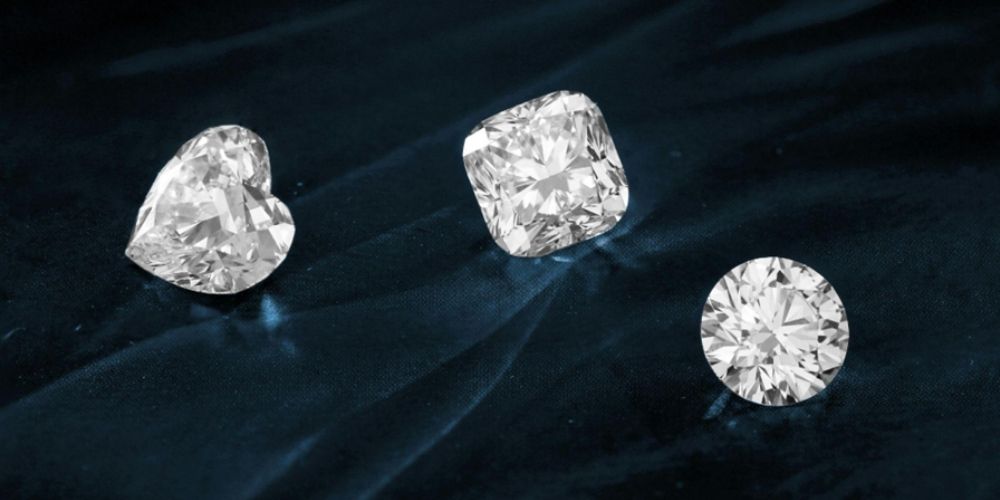
When it comes to choosing the perfect diamond, the cut is one of the most important factors to consider. The cut of a diamond affects not just how it sparkles, but also the overall shape and visual impact of the stone.
Whether you’re selecting an engagement ring, shopping for a special gift,
or simply treating yourself to a new piece of jewellery,
understanding diamond cuts can help you make the best choice. But with so many
options to choose from, where do you start? In this guide, we’ll break down
some of the most popular types of diamond shapes, explore what makes each one
unique, and help you find the perfect match for your style. Here’s what we’ll
cover:
●
What does diamond cut mean?
●
The anatomy of a diamond
●
Types of diamond cuts
○
What is a round brilliant cut diamond?
○
What is an oval cut diamond?
○
What is a pear cut diamond?
○
What is a marquise diamond?
○
What is a trillion cut diamond?
○
What is a heart cut diamond?
○
What is an emerald cut diamond?
○
What is an Asscher cut diamond
○
What is a baguette diamond?
○
What is a cushion cut diamond?
○
What is a princess cut diamond?
○
What is a radiant cut diamond?
●
Unique gemstone cuts
What does diamond cut mean?
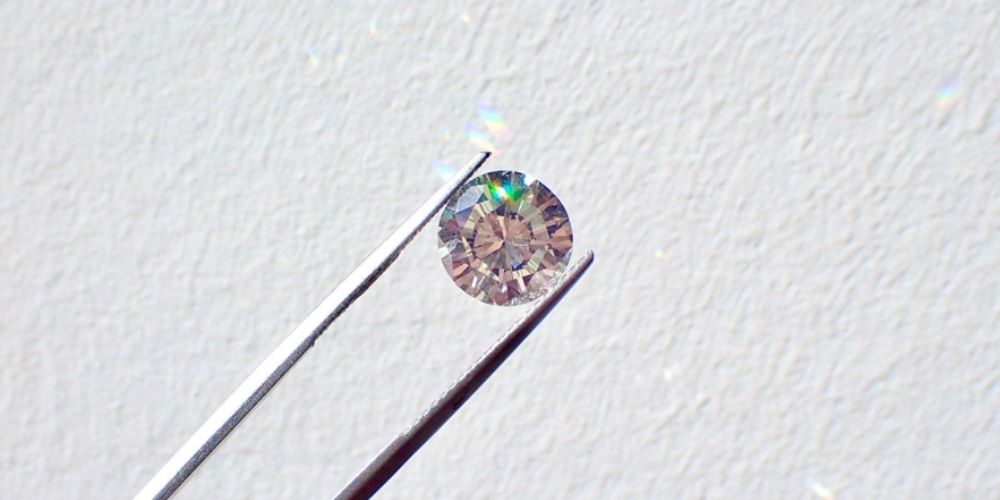
Diamond cuts, or diamond shapes, refer to the ways in which a rough diamond is sculpted to become a part of a piece of jewellery. There are many different types of diamond cuts, each with unique characteristics and visual appeal, and shaping them is a highly specialised process requiring both skill and precision.
To transform a diamond from its natural state into the
dazzling jewel you’ll see on a diamond ring or necklace, a gemologist first examines the
stone, identifying the best potential cut that will showcase its natural
beauty. Then, the diamond is cut to the desired size. Diamond is the hardest
naturally occurring material on earth, and cutting it requires advanced tools —
often laser technology or razor-sharp saws tipped with other diamonds. As the
craftsman works, they create the diamond’s facets: the angular surfaces that
reflect and refract light, producing the stunning optical effects that diamonds
are famous for.
The anatomy of a diamond
Understanding the anatomy of a diamond can help you appreciate how it’s been crafted to catch and reflect light. Each part of the stone plays a role in how it performs visually, from its sparkle to its symmetry.
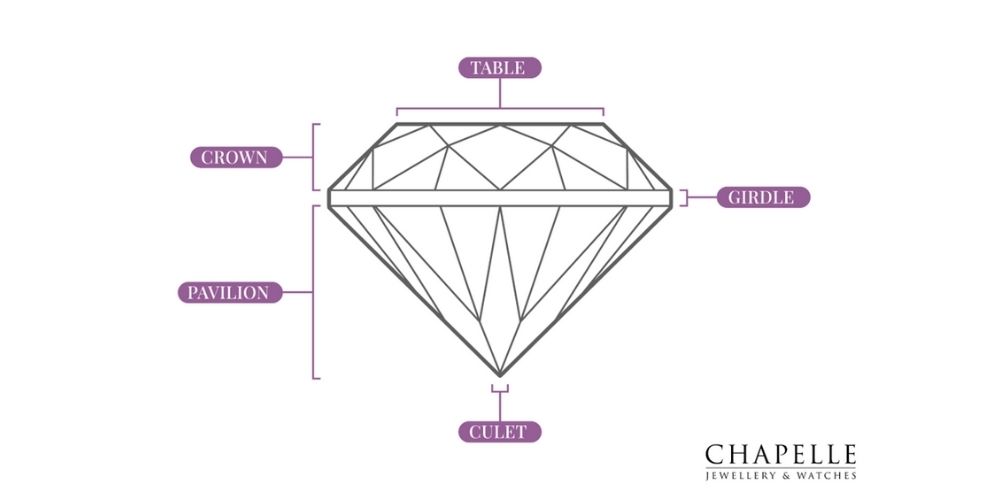
●
The table:
The large, flat surface on top of the diamond. It’s the largest surface and the
main window through which light enters and exits the stone.
●
The crown:
The crown can be found below the table and above the girdle. It’s angled to
help light bounce off it and create brilliance.
●
The girdle:
The narrow edge running around the widest part of the diamond, separating the
crown from the pavilion. The girdle is where a stone is usually set into
jewellery.
● The pavilion: The lower part of the stone, extending from the girdle to the culet. The pavilion is responsible for reflecting light back through the crown, enhancing sparkle.
● The culet: The small point at the very bottom of the diamond, which allows light to reflect properly.
Types of diamond cuts
There is a huge variety of different gemstone cuts available, with each one bringing something unique to the stone. However, several diamond shapes stand out due to their enduring popularity and ability to produce the most stunning shine.
We’ve put together a diamond cuts chart illustrating some of the most commonly seen diamond shapes:
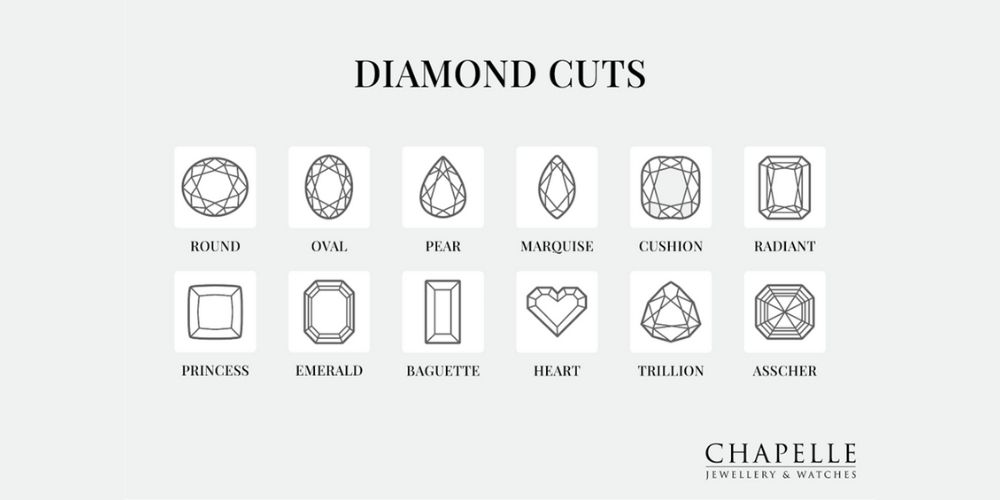
What is a round brilliant cut diamond?
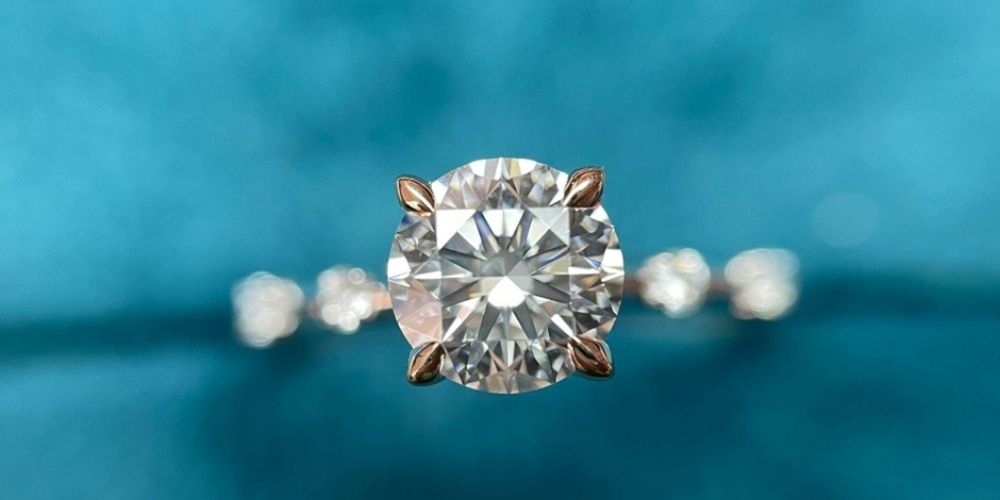
Also known simply as the round cut or brilliant cut, this is one of the most iconic and enduring diamond shapes out there. Designed to maximise light reflection, the round brilliant cut typically features 58 precisely cut facets, enhancing the stone’s sparkle more than any other diamond cut. When viewed from the table (the side with the large, flat surface), a round brilliant diamond of good clarity will exhibit what is known as a hearts and arrows effect, the facets creating the illusion of arrows coming out from the centre like spokes.
What is an oval cut diamond?
The oval cut is a variation of the round brilliant cut,
offering similar sparkle with a more elongated, oval silhouette. This diamond
shape typically features 58 facets, allowing it to reflect light beautifully.
When worn on a ring, the oval cut is thought to create the
illusion of longer, more slender fingers, adding to its appeal as an engagement
ring diamond cut.
What is a pear cut diamond?
The pear cut, sometimes referred to as the teardrop cut, or
the pendeloque cut, is another modification of the round brilliant cut. It
features one rounded end with a tapered point on the other, creating an
elegant, asymmetrical silhouette. Typically made up of 58 facets, this
distinctive diamond shape offers excellent light reflection and a brilliant
sparkle. Its unique form brings a contemporary edge while still maintaining
timeless appeal.
This diamond cut is especially popular in pendants,
where it’s often worn with the point facing downward to elongate the neckline.
In rings, the pear cut shines beautifully as the centrepiece of a cluster setting, surrounded by a halo of
smaller stones.
What is a marquise diamond?
The marquise cut is an elongated diamond shape featuring two pointed ends and a graceful curve. Typically featuring 58 facets, this diamond shape is also known as the navette, meaning ‘little ship’ in French, due to its resemblance to a sailboat.
The marquise cut is said to have romantic origins.
Supposedly, it was commissioned by King Louis XV of France, who wanted a
diamond that resembled the smile of his lover, the Marquise de Pompadour.
Today, the marquise cut remains a popular choice for those seeking a regal,
vintage-inspired look that elongates the finger and adds dramatic flair to any
ring setting.
What is a trillion cut diamond?
The trillion cut, also known as the trilliant cut, is defined by its sharp, triangular shape. There have been several different variations of this cut throughout history. Triangular diamond cuts were first popularised by the Asscher brothers, while the term "trillion cut" was later patented by Leon Finker in the 1960s. Around the same time, the “trilliant cut” was trademarked by Henry Meyer. Today, both terms, along with ‘Trielle cut’, tend to be used interchangeably.
A trillion cut diamond typically features between 31 and 50
facets, and its sides may be straight or softly curved. Though often used to
complement a central stone, the trillion cut can also make a striking
centrepiece in rings and earrings. It’s an ideal choice for anyone
drawn to angular, statement-making gemstone cuts, bringing a modern, minimalist
edge to a piece of jewellery.
What is a heart cut diamond?
Instantly recognisable for its romantic silhouette, the heart diamond cut is the ultimate symbol of love. It typically features 56–58 facets, offering plenty of sparkle alongside its deeply symbolic shape. Known for being one of the more complex diamond cuts to execute, the heart cut demands precision from its maker, requiring perfect symmetry between the two lobes and a clean, defined cleft at the centre.
Heart-shaped diamonds are a popular choice for stud earrings and pendant necklaces, making them a meaningful
and eye-catching gift for a partner or loved one. For those who want their
jewellery to carry emotional significance as well as brilliance, the heart cut
is a perfect fit.
What is an emerald cut diamond?
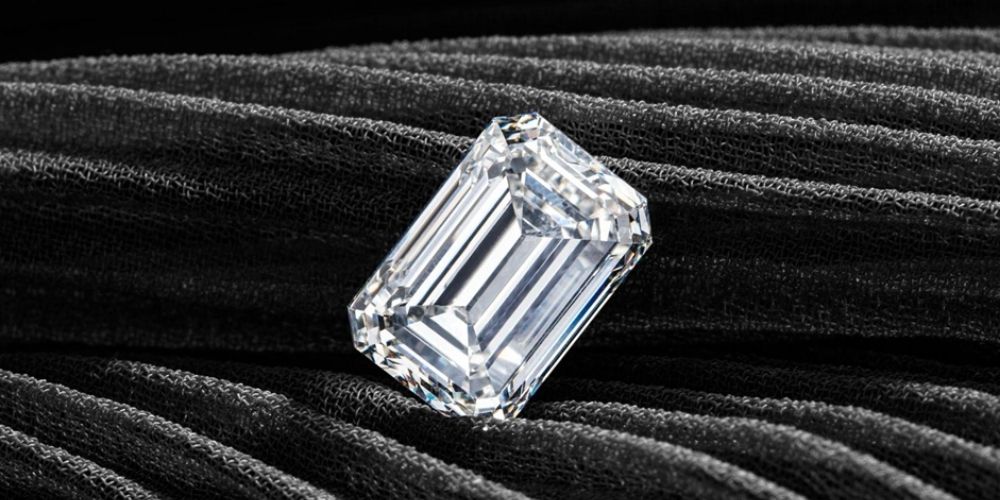
The emerald cut typically has 57 facets and features a rectangular shape with trimmed corners. Unlike brilliant diamond cuts such as the round or oval, which feature intricately arranged facets, the emerald cut utilises step cuts. Step-cut stones feature long, parallel facets arranged like stair steps. The result is a distinctly different look: less reflective, with a clear, mirror-like shine that showcases the clarity (another one of the 4 C’s) of the stone. This effect is often compared to a hall of mirrors.
Originally developed for cutting emeralds (hence the name),
this style was later adapted for diamonds and became a favourite for its sleek
look. The emerald cut is a popular choice for engagement rings, particularly in
solitaire or three stone settings where its crisp geometry
can shine.
What is an Asscher cut diamond?
The Asscher cut diamond can be recognised by its square shape and deeply trimmed corners. Developed at the beginning of the 20th century by the Asscher brothers of the Royal Asscher Diamond Company, this diamond shape is known for its large, step-cut facets, which create dramatic flashes of light. When viewed from above, the cut often reveals a ‘windmill’ or X-shaped pattern at its centre.
The original design has been refined over time, and in 2001, the Royal Asscher Diamond Company trademarked the Royal Asscher cut, which features 74 facets compared to the standard 58. Only diamonds cut by the Royal Asscher company can carry this specific title.
The Asscher cut is ideal for those who appreciate
vintage-inspired elegance and a clean, geometrical look. It shines beautifully
in a single diamond engagement ring, a halo ring, or as a simple pendant necklace.
What is a baguette diamond?
The baguette cut is a rectangular diamond shape with step-cut facets and square or tapered edges. Unlike some of the more intricate gemstone cuts, baguette stones typically feature between 14 and 25 facets, resulting in a minimalist, glassy look.
Baguette diamonds were introduced in the early 20th century
and became a staple of Art Deco and Art Nouveau jewellery styles. Today,
they’re commonly seen adorning the perimeters of eternity rings and band rings, but look just as stunning as the
centrepiece for a shoulder-set engagement ring.
What is a cushion cut diamond?
The cushion cut features a soft, square or rectangular shape with rounded corners, resembling a cushion, as its name suggests. Typically, cushion cut stones have 58 facets, which are slightly larger than those of the round brilliant cut, resulting in a chunkier, more geometric appearance.
The cushion cut originates from the old mine cut — a type of diamond cut that predates the round brilliant and became popular in the 17th century. The term ‘old mine cut ’ refers to diamond mines in Brazil, where rough stones could be found that lent themselves to this particular shape. In modern times, the cushion cut has evolved and can sometimes feature 64 facets, which further enhances the stone's ability to reflect light.
The
cushion cut exudes a romantic, vintage glamour that appeals to those seeking a
touch of character. It makes a stunning centrepiece for a halo ring.
What is a princess cut diamond?
The princess cut is one of the most popular modern diamond shapes, featuring a crisp, square outline and brilliant sparkle. Most princess cut diamonds feature 57 or 58 facets, though they can have as few as 50.
What sets the princess cut apart is that it’s a mixed cut. That means it combines elements of the brilliant cut and the step cut — specifically, it uses brilliant cut facets on the crown and step cut facets on the pavilion. The result is a stunningly brilliant stone that glimmers and flashes when the diamond moves. When viewed from above, the faceting creates a distinctive X-shaped pattern.
Due to this unique faceting, the princess cut is a favourite choice for engagement rings and will dazzle in solitaire or halo settings.
What is a radiant cut diamond?
A radiant cut diamond features a square or rectangular outline with trimmed corners. It can have as many as 76 facets, and, like the princess cut, it’s a mixed cut diamond, providing exceptional brilliance and fire.
The radiant cut was first introduced by diamond cutter Henry Grossbard. It was designed to maximise the brilliance of square and rectangular stones, making it a great alternative for those who love geometric shapes but don’t want to compromise on sparkle. Its versatility makes the radiant cut a popular choice for engagement rings, particularly in solitaire, halo, or three-stone settings.
Unique gemstone cuts
Now that you’re familiar with the most popular diamond cuts, it’s worth exploring some of the more modern and unconventional styles. These distinctive stone cuts are becoming increasingly popular for gemstone rings and bespoke jewellery — perfect for those who love to stand out.
Here are a few unique gem cuts to know:
●
Kite cut: A
sleek, four-sided cut that resembles a flying kite. It works beautifully as a
striking side stone, or as a centrepiece in modern, geometric designs.
●
Half moon cut:
A smooth, crescent-shaped cut that resembles a half moon. Often used as an
accent stone to flank a larger, central gem, creating stunning symmetry.
●
Shield cut:
Named for its resemblance to a medieval shield, this bold cut has a strong,
tapered form. It makes a powerful statement as a centre stone.
●
Coffin cut:
A dramatic, elongated cut with angular corners that resemble the outline of a
coffin. It’s popular in gothic and alternative jewellery styles.
Choosing a diamond cut comes down to your personal style and how you want your diamond to shine. If you love classic sparkle, the round brilliant is a timeless choice. For a modern edge, consider the bold angles of the radiant or princess cuts. And if vintage glamour speaks to you, the cushion cut or baguette cut will make you stand out. Remember: there’s no right or wrong, especially when it comes to picking out an engagement ring. Ultimately, the right diamond cut is the one that feels most ‘you’ — the one that makes you smile every time you see it.
Ready to find your
perfect diamond? Explore our full collection of jewellery today and discover luxury rings, earrings, bracelets, necklaces, and more, all with at least 30% off the
recommended retail price. Or, why not read our engagement ring
buying guide for more
inspiration?
